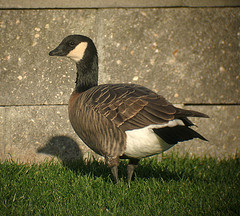I receive quite a few questions from folks looking for clarification on the rules around Required Minimum Distributions upon reaching age 70½, so I thought I’d jot down a couple of facts about them that you may find interesting.
When can I take the distribution?
Looking through some notes from readers I found one where it was asked (this is paraphrased for clarity):
My birthdate is April 10, 1943, so I will reach age 70½ on October 10, 2013. Do I need to wait until October 10 or after to take a distribution so that it is counted as my RMD?
I responded to this question by saying that, to be safe, I suggest the reader wait until after October 10 to take the distribution.
However. (there’s always a however in life, isn’t there?)
I subsequently received a message from a reader (thanks, TAM!) with the following updated information:
It is, in practice, fully believed that the IRS looks at the YEAR you turn 70 1/2 and NOT the birthdate. When reviewing IRS.gov they are very concerned about making sure one gets the RMD by the last date possible and do not really address how soon a person can take it. Such is government! But in practice, if your birthday makes the date you turn 70 1/2 turn out to be 12/31 or 12/30 we generally advise the client to take the RMD during that year to avoid having to take two RMD’s the next year.
I thought TAM’s information might be helpful to folks who are facing this decision. It still won’t hurt to wait, but according to TAM, you could take the distribution any time during that year when you reach age 70½.
How does IRS know I’ve taken the distribution?
This question comes up pretty often as well:
Do I need to send in a form or something to let the IRS know that I’ve taken my required minimum distribution?
When you’re subject to RMD during a particular year (including the year you reach age 70½), the first money that you withdraw from your IRA(s) is considered to be your RMD. As long as you take at least enough distribution from the account to satisfy the RMD requirement, you’re golden.
Your IRA custodian sends a copy of your 1099-R form to the IRS, as well as filing a Form 5498 (to indicate contributions) – so the IRS is well aware that you’ve taken the distribution. They’re also well aware if you do not take distributions, and will be in contact with you to rectify the situation – in the form of a bill for the penalties and taxes. Don’t rely on this as your notification!
